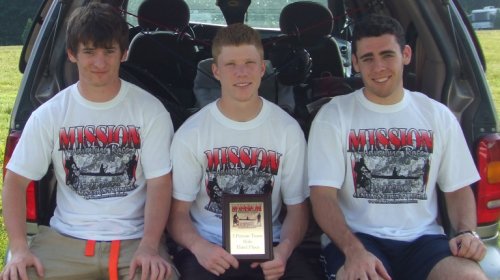Audio Books 2.0
I tried to use audio books as a way to “read” more about a year ago. It went well for a short time and I was able to get a few long-awaited books under my belt including “The God Delusion” by Richard Dawkins. But, alas, listening at home proved too much to continue. Sitting by the computer was too much of a distraction, and, inevitably, I slowly incorporated browsing a few websites in with my book-listening routine. Gradually, the websites I allowed myself browse grew more engaging. And all was lost.
Fast forward to a few weeks ago. For the past few months I’ve had a longer commute to work – ~40 minutes instead of ~40 seconds. At first this was a stressful transition. But I’ve become accustomed to the traffic patterns between “A” and “B” and found the best times to set out from either “point”. As such, I’m now presented with over an hour, during every weekday, of relaxing, practically empty time – with NO computer!
To fill this void, which for a month or two was occupied by NPR (NPR is great, but with giant, world-visible stories like the gulf oil spill, it’s hard to stay engaged day after day after day…), I turned back to audio books. A quick stop at Border’s for some CDs and I was on my way with “Always Looking Up” by Michael J. Fox. I flew through it and started right on “The World is Flat” by Thomas Friedman. I’m cruising through this right now and I’m hopeful for the future.
Just perusing audio books at Borders got me excited to listen to several more, including:
– The Silmarillion
– Atlas Shrugged
– Lincoln biography
– Einstein biography
– 1984



